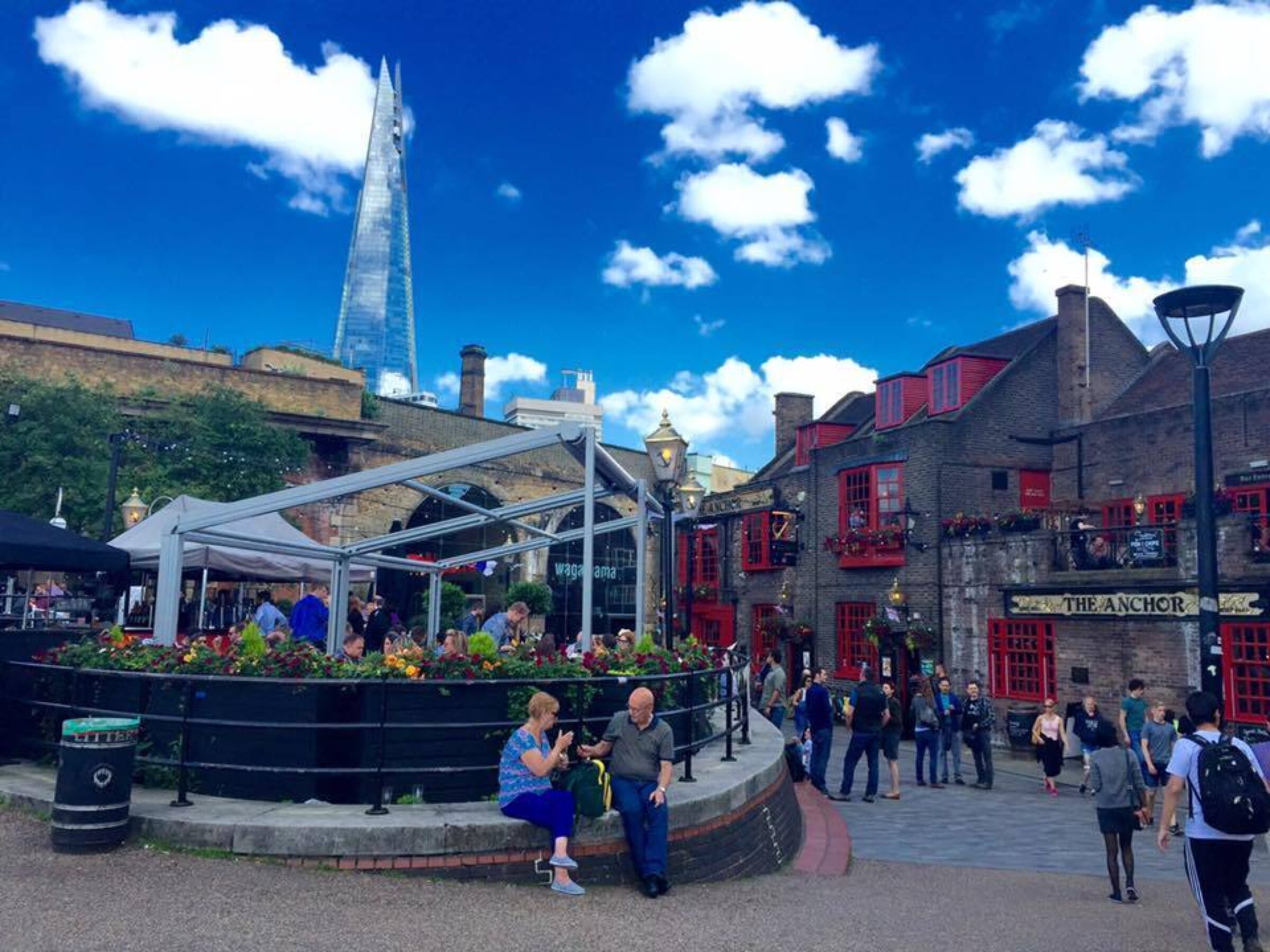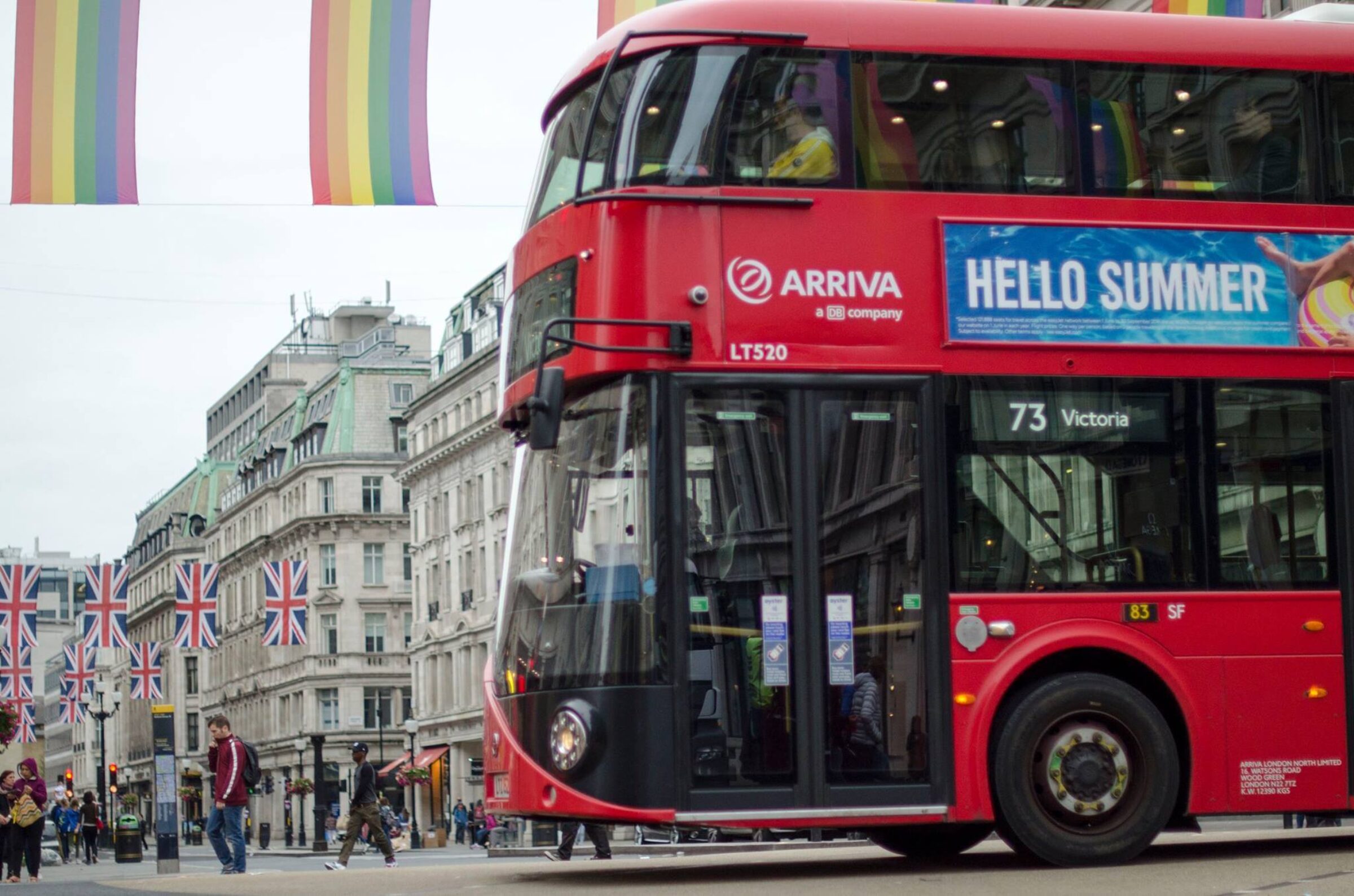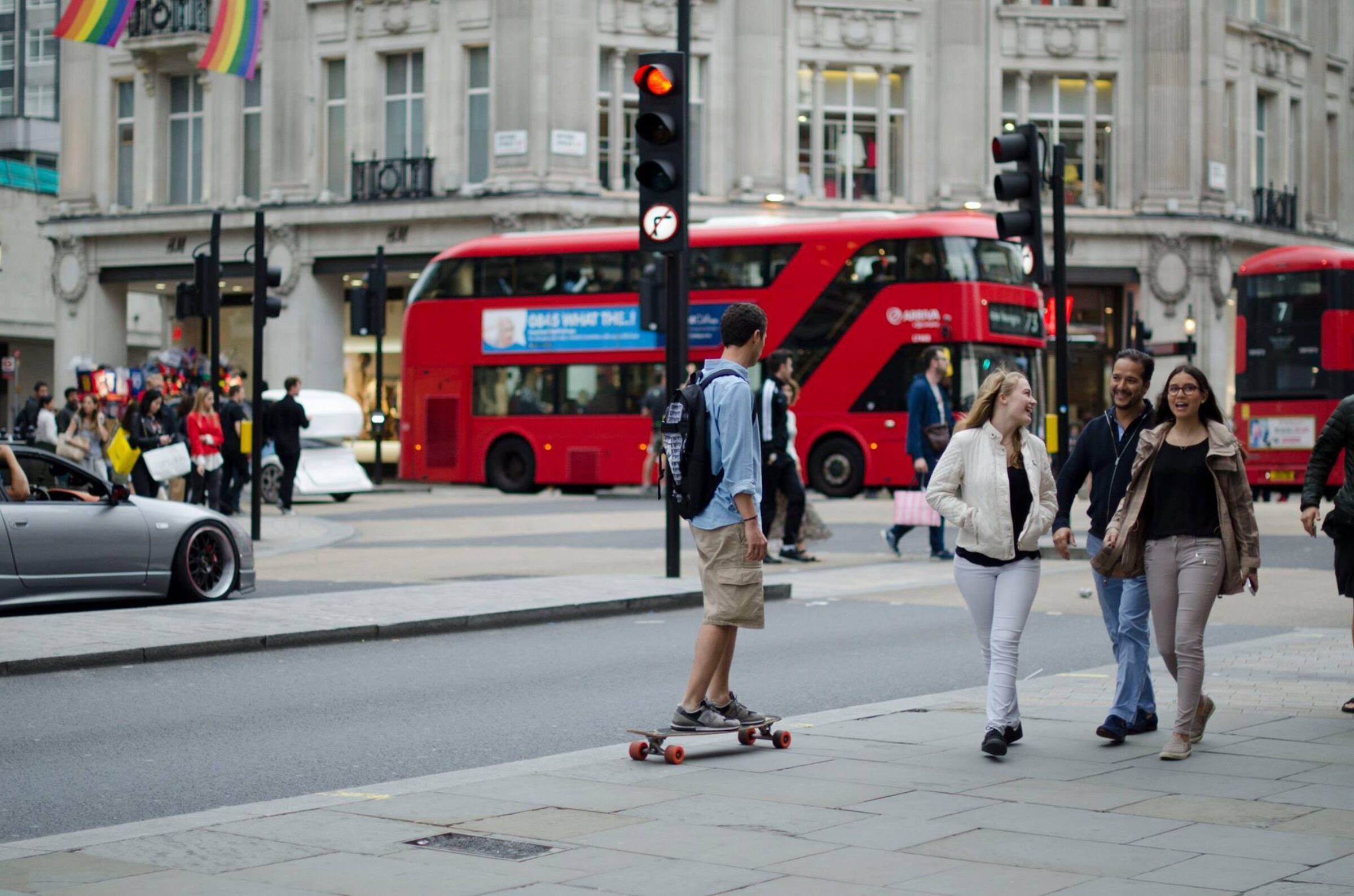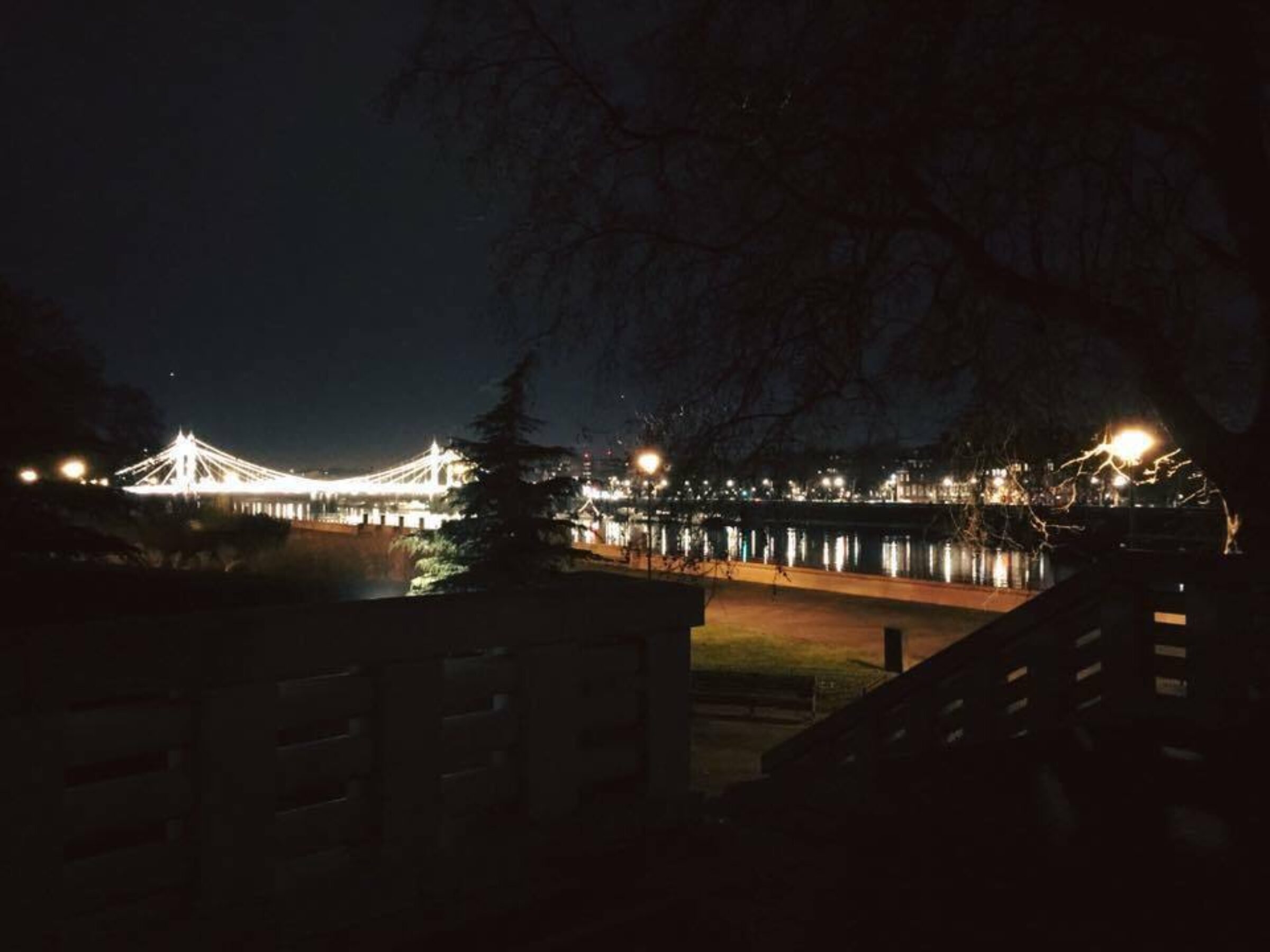With so many students from around the world registering to learn English at
ABC School located in Covent Garden, we thought it would be interesting to tell you a bit about the history of the area in which the school is located. This is important to us because we have taught students from every continent on earth, some of whom speak languages and dialects many people have never even heard of!
How better to familiarise students with a city they now find themselves residing in, temporarily for study or permanently seeking residency, than to study in the heart of the UK, London. With Covent Garden being renowned globally and one of the most visited areas of the nation’s capital, we believe you will enjoy reading a short history of Covent Garden London.
Let’s Start with the English Language!
At the school you will learn about the etymology of the language but in today’s world, English is perhaps one of the most important languages to learn. The reason for this is because English is the number one language used in international commerce. Although there is no “official language” in global commerce, English is as close as it gets.
You may be currently studying here, or contemplating registering to
learn at ABC School, in an effort to better communicate with business clients and partners from around the world, most of whom have a solid grasp of the language. With that in mind, let’s delve into the history of Covent Garden where you will begin to understand how symbolic our location is regarding the way in which our language evolved over the millennia.
An Early History of Covent Garden
The earliest settlements you will most likely read about would have been the migration of Anglo-Saxon settlers to the area in the 7
th century. It was established as a trading town, then called Lundenwic but only briefly. There is little written about why they abandoned the area but their brief sojourn here isn’t as essential to the history of Covent Garden as the next period of importance in 1200 when the early boundaries were established by the Abbot of Westminster Abbey.
The abbot had 40 acres walled off to be set aside as a garden for the nuns of the abbey. This is the name from which Covent Garden was derived. It was originally a “convent garden” and somewhere along the way it became “Covent Garden.”
During the 16
th century the monasteries were dissolved and the land was granted to the 1
st Earl of Bedford, John Russell. The 4
th Earl commissioned Indigo Jones to build a residential square that would attract wealthy residents. It became the first “square” in London, of which there are historically several, but residency never overtook the true and original nature of the area, that of a garden. It was this 4
th Earl who began allowing fruit and vegetable traders into the square, and hence the continuation of the garden imagery.
A Leap into the 20th Century
Covent Garden was spared a great deal of devastation that other parts of London experienced during the WWII bombings. After the war, activities returned with a new zest for life. Life in Covent Garden remained much the same until the congestion of traffic forced a relocation to the New Covent Garden market that is actually a shopping centre today. Still, the imagery of the garden market vendors lining the streets remains to this day and many old timers have this impression forever etched into their memories.
In life, all things have a way of evolving and so the hope of many visitors and residents alike is that someday, a version of the early market square can be revisited if only in some small way. Whenever a part of history seems to be erased, there is a sadness that follows along. Even so, all is not lost because there are many archived films, photos and paintings to explore by any who show an interest in the rich history of Covent Garden London.
This Is Where You Find Yourself Today
As one of the leading tourist attractions in the city and a place where much of the nation’s culture is derived, it is a particularly suitable area for international visitors to experience first-hand British society. Just bordering the elite West End of London, there is much to see and do in updated versions of a market square.
Shops, pubs, and restaurants now line the streets but with a culture as rich and diverse as that which evolved through the history of Covent Garden. There could be no better place for a school aimed at teaching English to non-native speakers, especially since most of the structures dating back before the bombings of the Second World War still stand intact. This is where you find yourself today in Covent Garden, within one of the world’s epicentres of trade and culture, London. This is the history of Covent Garden that brought you here today.














